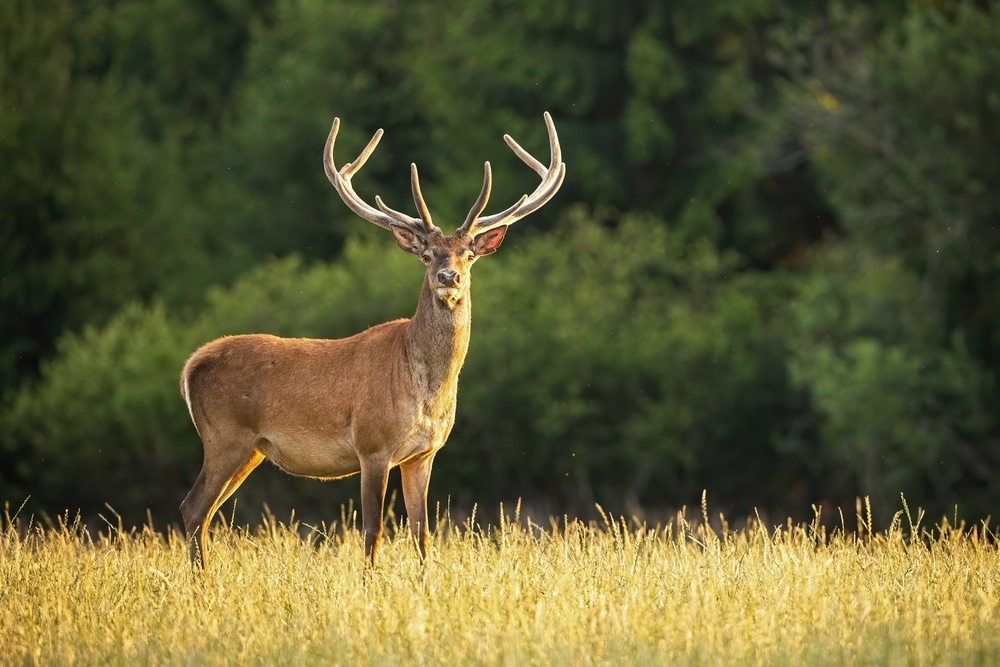A meta-analysis of over 200 research globally found that the impact of large herbivores on plant abundance and variety is more dependent on their size and diet than on whether they are native to or imported into their host ecosystems.

Image Credit: WildMedia/Shutterstock.com
The results challenge the commonly accepted belief that the effects of introduced megafauna are different and more detrimental than those of native megafauna, and they imply that concepts of species origin are not as useful in understanding megaherbivore-plant interactions as trait-based ecology is.
Due to their consumption of vegetation, ability to disperse seeds and nutrients, and capacity for producing disruptions, large animal herbivores are important in changing ecosystems and biodiversity. But many native megaherbivore species have either completely disappeared or seen sharp decreases in population since the end of the Pleistocene.
Humans have brought large herbivores to many parts of the world in recent times. The loss of native megafauna and their functioning has been somewhat offset by these introductions; nonetheless, introduced megafauna are believed to have more detrimental effects on the ecosystems in which they are found.
As a result, even though many of these creatures face extinction in their native habitats, some conservation regimes have placed a higher priority on eliminating or culling invasive megafauna populations.
To gain a better understanding of the potential effects of introduced megaherbivores on plant abundance and diversity, as well as the factors that may contribute to these effects, Erick Lundgren and colleagues conducted a meta-analysis that included datasets from 221 studies that were conducted across six continents.
There is no proof, according to Lundgren et al., that the provenance of a herbivore influences how megafauna affects plants. Furthermore, none of the following apply to a species: phylogenetic and functional novelty of large herbivores; coevolutionary history with local flora; "invasiveness" or "feralness."
Rather, the scientists found that the functional qualities of megafauna, namely the size of the body and the selectivity of the diet, have a greater influence on plant diversity.
“We argue that the effects of introduced megafauna should be studied as any other wildlife would be studied, through the lens of functional ecology, with the normative dimensions of their ‘belonging’ considered separately and with transparency,” added Lundgren et al. In a related Perspective, Yvonne Buckley and Andrew Torsney explained the study in more depth.
Source:
Journal reference:
Lundgren, E. J., et.al., (2024). Functional traits—not nativeness—shape the effects of large mammalian herbivores on plant communities. Science. doi.org/10.1126/science.adh2616